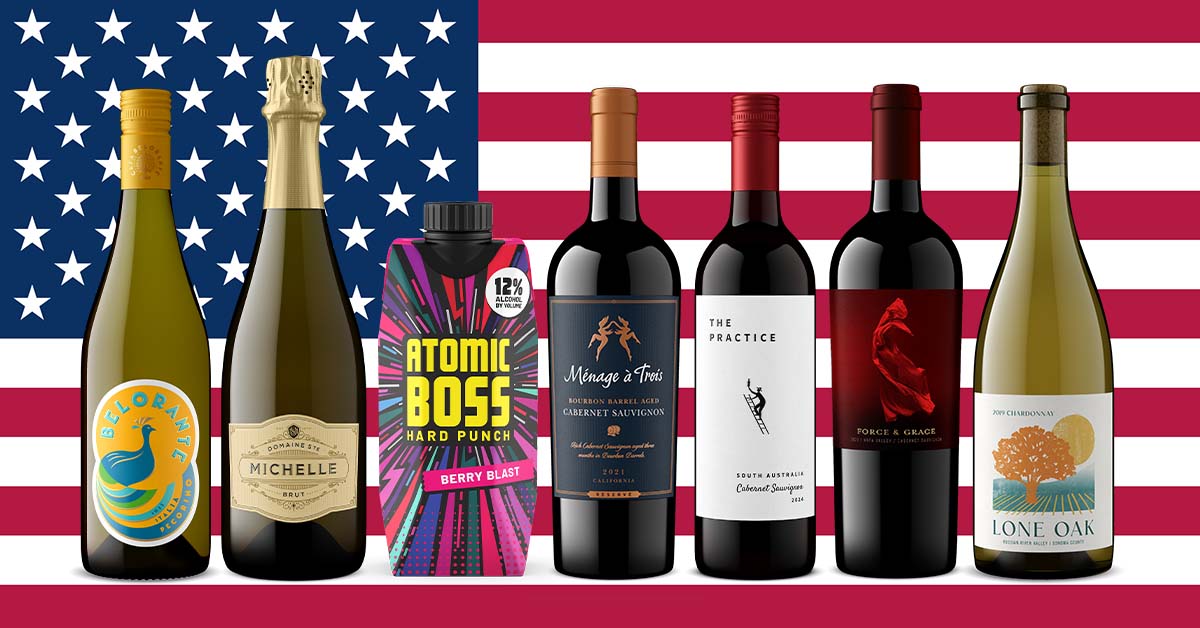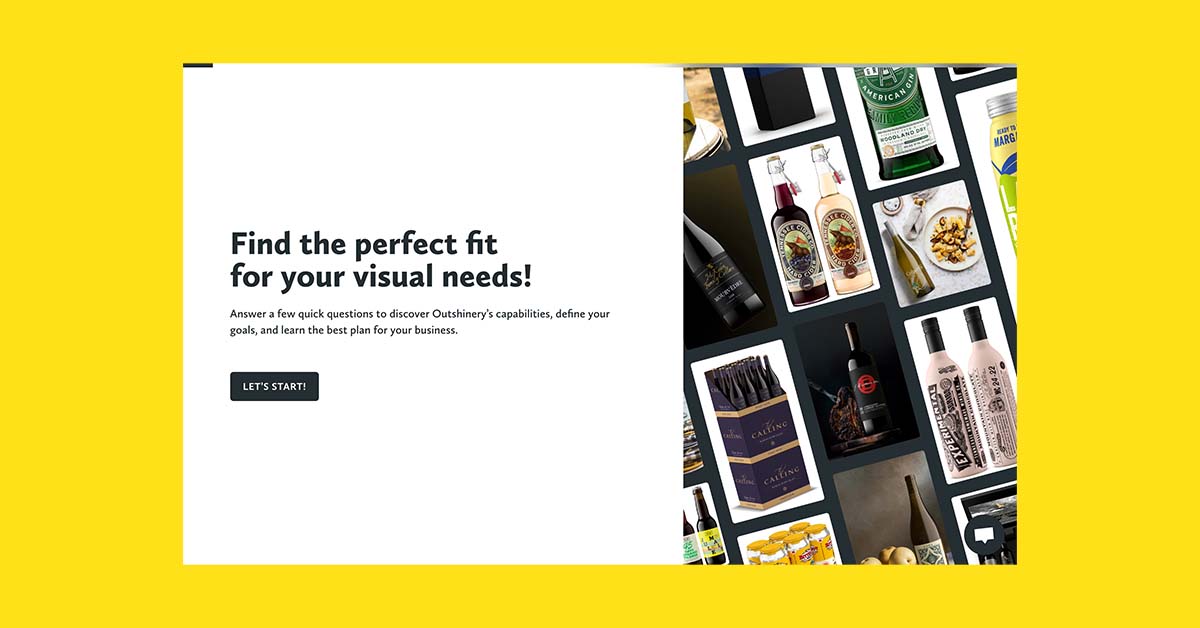Sizes of wine Bottles and their names: all you need to know
With names that show off the rich history of wine, here’s how to identify the various bottle formats

You know that there is no one-size-fits-all when it comes to wine. Just like the many flavor profiles and types of wines, there are also different varieties of bottle sizes available in the marketplace. Over time, each size has been named for its particular dimensions – some with more traditional names while others have adopted more modern reputations.
For example, champagne bottles are larger compared to standard wine bottles, making them a popular choice for special occasions.
In this blog post, we’ll explore 17 unique wine bottle sizes from around the world and their corresponding labels so you can become an expert on all things related to packaging your product. (And prepare to wow guests with an extra-large format stunner!)
How do I explain the different wine bottle sizes?
When it comes to wine, the bottle sizes may vary from tiny to extraordinarily big, with each size holding a unique significance. The standard wine bottle size holds 750ml of wine and is the most commonly found size on store shelves.
However, things can get interesting with larger bottles such as magnum, jeroboam, or even a potent Methuselah, which can hold up to 6 liters of wine. These large format bottles are generally reserved for special occasions and large gatherings, and they are said to age better than their smaller counterparts due to the larger surface area. Understanding the different wine bottle sizes can elevate your wine game and make for a more sophisticated wine experience.
What are the most commonly used wine bottle sizes?
Piccolo Bottle Size - 187ml
Piccolo wine bottles are the perfect size for enjoying a glass of your favorite sparkling wines or other vino! These smaller-sized bottles contain 187ml, or just over two glasses worth of wine. Not only do they provide the ideal amount for one person to enjoy a delightful tasting experience, but they also make terrific gifts for friends and family. Whether you’re looking for a single glass of your favorite red or white, piccolo wine bottles are a perfect size and are easy to travel with and store.

Half-Size Bottle - 375ml
A half-size bottle, also known as a half bottle or 375ml bottle, is a convenient option for those who want to enjoy their favorite beverages in smaller quantities. These bottles are ideal for those who want to try out new flavors without committing to a full-sized bottle. They are commonly used for wine and spirits, but can also be found for non-alcoholic beverages like juice or soda. The half-size bottle is perfect for picnics, outdoor events, virtual tastings, and gatherings where individuals can share and sample a variety of beverages. Its smaller size also helps to reduce waste and supports responsible drinking. Overall, the half-size bottle is a practical option for those who appreciate the taste of something good without the commitment of a full-sized bottle.

Standard Bottle Size - 750ml
When it comes to wine and liquor, you may have noticed that the majority of bottles are the same size — 750ml. This is not just a coincidence, but rather a standard bottle size that has been used in the industry for decades. The 750ml size is the perfect balance between providing enough product for a good value and ensuring that the bottle is still a manageable size for storage and pouring. Additionally, many wineries and distilleries choose to use this size for consistency across their product lines. In comparison, larger formats like magnums (1.5 L) and even 30 L bottles are often measured in terms of how many standard bottles they equate to.

Magnum - 1.5L
Magnum, the wine bottle with a majestic presence, is now available in a 1.5L size. Perfect for sharing at celebrations or enjoying during a long and leisurely meal, the magnum bottle has become a symbol of luxury and indulgence. The larger format bottle allows for longer aging and a smoother finish. This size is particularly suited for red wines, like Cabernet Sauvignon or Merlot, where the extended aging in the bottle allows the flavors to develop and mature.

Double Magnum - 3L
The double magnum is a bottle of wine with a capacity of 3 liters. That's the equivalent of four standard wine bottles. It's a showstopper, perfect for special occasions and dinner parties when you want to impress your guests. Not only does it look impressive on the table, but it also allows the wine to age gracefully, thanks to its larger capacity and thicker glass. So next time you're looking to make a statement with your wine selection, consider picking up a double magnum and watch as heads turn in awe.

What are the other wine bottle sizes?
- Jennie or Half-liter: 500 ml
- Jeroboam: 3 L
- Methuselah: 6.0 L
- Salmanazar: 9.0 L
- Balthazar: 12.0 L
- Melchior: 18.0 L
- Solomon: 20.0 L
- Sovereign: 25.0 L
- Primat or Goliath: 27.0 L
- Melchizedek or Midas: 30.0 L
Many of these bottle sizes are named after historical figures, such as Jeroboam, Methuselah, and Balthazar.
What about alternative types of containers/packaging for wine?
There are many options available beyond the traditional glass bottle. Alternative packaging for wine includes cans, plastic bottles, bag-in-box, Aseptic cartons (Tetra Paks), and paper-based wine bottles.
Cans are becoming increasingly popular for their convenience and recyclability. Wine in cans is lightweight and easy to transport while still offering excellent protection for the wine. Not only is it an affordable packaging option, but also a great way to reduce single-use plastic packaging. Sparkling wine is often packaged in smaller bottles for single servings, making it a convenient choice for many consumers.
Bag-in-box is another sustainable alternative that can help winemakers reduce waste and costs. The bag is made from multi-layer laminated or foil material, which ensures maximum shelf life without the need for preservatives. This type of packaging is becoming increasingly popular as it offers flexibility in terms of size, shape, and design – making it easy for consumers to find the perfect package for their needs. Plus, when empty, the box can be recycled or reused as storage containers.
What are the pros and cons of each type of wine packaging?
Glass bottles
Advantages: traditional, aesthetically pleasing, can be reused or recycled
Disadvantages: heavy, breakable, expensive to ship

Aluminum cans
Advantages: lightweight, portable, easy to recycle
Disadvantages: can affect the taste of wine, not as aesthetically pleasing

Bag-in-a-box (BiB) wine
Advantages: lightweight, portable, easy to store, can keep the wine fresh for up to six weeks after opening
Disadvantages: not as aesthetically pleasing, can affect the taste of wine, not as environmentally friendly as other options

Plastic bottles
Advantages: lightweight, portable, easy to recycle
Disadvantages: can be perceived as lower quality, can affect the taste of wine, not as aesthetically pleasing

Aseptic cartons (Tetra Paks)
Advantages: lightweight, portable, easy to store, can keep the wine fresh for up to six months
Disadvantages: not as aesthetically pleasing, can affect the taste of wine, not as environmentally friendly as other options

Paper wine bottle
Advantages: lightweight, portable, stands out on the shelf, can be customized, eco-friendly
Disadvantages: not as aesthetically pleasing, can affect the taste of wine, not as durable as other options

Bagnums
The term "bagnum" is a combination of "bag" and "magnum."
Advantages: cost-effective, extended shelf life, convenient, eco-friendly
Disadvantages: not as aesthetically pleasing, can affect the taste of wine, not as durable as other options, not widely available

What factors should I consider when choosing a wine bottle size?
The most important factor is the occasion and the number of people you will be serving. If you are hosting an intimate dinner for two, then standard 375ml bottles may be your best bet, as they contain enough wine to enjoy with dinner without having too much left over. On the other hand, if you are hosting a larger gathering of friends or family, then magnum bottles (1.5L) may be your best option. A 375ml bottle typically serves about 2.5 glasses of wine, while a magnum bottle can serve around 10 glasses.
Magnum bottles are a great way to make sure that there is enough wine for everyone and they also look impressive when served at a dinner party. The size of the bottle will depend on your particular needs and preferences but one thing to keep in mind is that larger bottles tend to be more cost-effective than smaller ones.
Small wine bottles are a great way to sample different wines without committing to large bottles. They are also perfect for special occasions and make wonderful gifts. Because they hold fewer ounces, they can be opened and consumed within one or two days which reduces oxidation and keeps the flavor of the wine intact. If you are looking for a more economical way to enjoy your favorite varietals, then opting for small wine bottles is the perfect choice.
Wine Bottle Sizes, in summary.
Investing in different sizes of wine bottles is definitely worth the effort and can bring long-term benefits to your winery. Different formats allow for easier storage, higher aging capacity, and an unforgettable experience when opening a larger bottle with friends.
With so many sizes available today, you will surely find something suitable for your needs or even specific occasions. Don't be afraid to experiment — it may bring unexpected but pleasant surprises. Besides saving money, investing in different bottle sizes will also let you discover the vast range of possibilities of what wine could be.










































